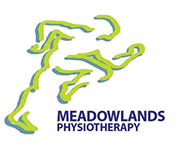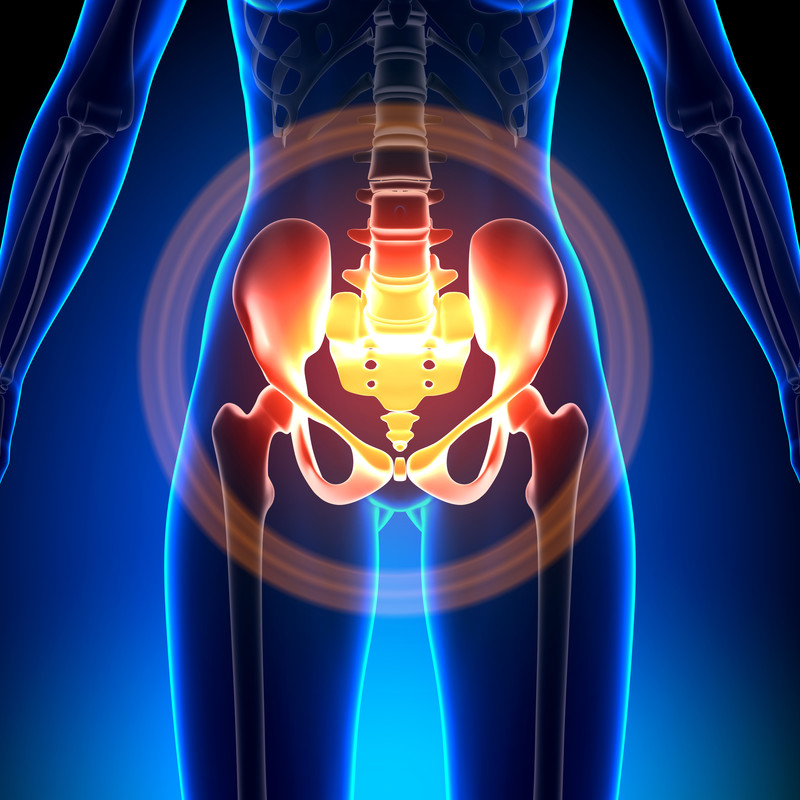The Link Between Pelvic Floor Health and Orthopaedic Conditions
While we tend to think that pelvic floor muscles are only at the root of incontinence or sexual functioning problems, they contribute to many more problems throughout the whole body. Pelvic floor dysfunction might be at the root of any number of orthopaedic conditions, from back pain, neck pain, to foot and ankle issues.
The Anticipatory Core
The pelvic floor muscles are part of a team of muscles we call the anticipatory core. These muscles activate before we move in order to stabilize our spine and trunk. The other elements of the anticipatory core include:
- Transverse abdonminis: These are deep core muscles.
- Multifidus: These muscles surround the spine.
- Diaphragm: This muscle controls your lungs.
A 2007 study discovered that the pelvic floor and the diaphragm move together to stabilize our core before we perform arm movements. Since then, much else has been discovered about how this team of muscles works together—and what can go wrong if one element is weak, tense, or uncoordinated.
Pelvic Floor Problems
- Weakness
After pregnancy, surgery, or underactivity, the pelvic floor may not be strong enough to help the other muscles in the anticipatory core function. While incontinence can be a sign of pelvic floor weakness, it also may cause back and hip pain. Men, and women who have never been pregnant can suffer from a weak pelvic floor.
- Over-activity
The pelvic floor and other anticipatory core muscles may also fire when not needed, or maintain tension for long periods of time. Either can cause hip, back, thigh, or buttock pain. Pelvic floor overactivity might contribute to sacroiliac joint dysfunction, pubic symphysis or piriformis.
- Timing Issues
The pelvic floor needs to co-ordinate with other muscles, but when it fires by itself or lags behind, it can cause tension that is very painful. Spine, rib, pelvic, back, and hip pain might result from a poorly coordinated pelvic floor.
Treatment for Pelvic Floor Related Orthopaedic Conditions
Pelvic floor muscles can be strengthened and retrained directly. However, there is also evidence to suggest that treating other areas of the body might aid the pelvic floor. After all, many orthopaedic conditions, or conditions that deal with the musculoskeletal system, are linked to the pelvic floor.
Treatments that may indirectly benefit the pelvic floor include:
- Treating the feet and ankles, which decreases rotational pressure on the femur
- Treating the neck, which may reduce the pressure on the phrenic nerve and diaphragm
- Treating the cranium, which reduces pressure through the spine and coccyx
- Treating the thorax, which may simply reduce intra-abdominal pressure
Do You Need Pelvic Floor Treatment?
If you’re concerned that pelvic floor issues may be contributing to your pain or condition, the physiotherapists at Meadowlands Physiotherapy can help. We can assess whether you may benefit from pelvic floor treatments, or whether treating other areas of your body may benefit your pelvic floor. Contact us today to start addressing the underlying cause of your pain or condition.

